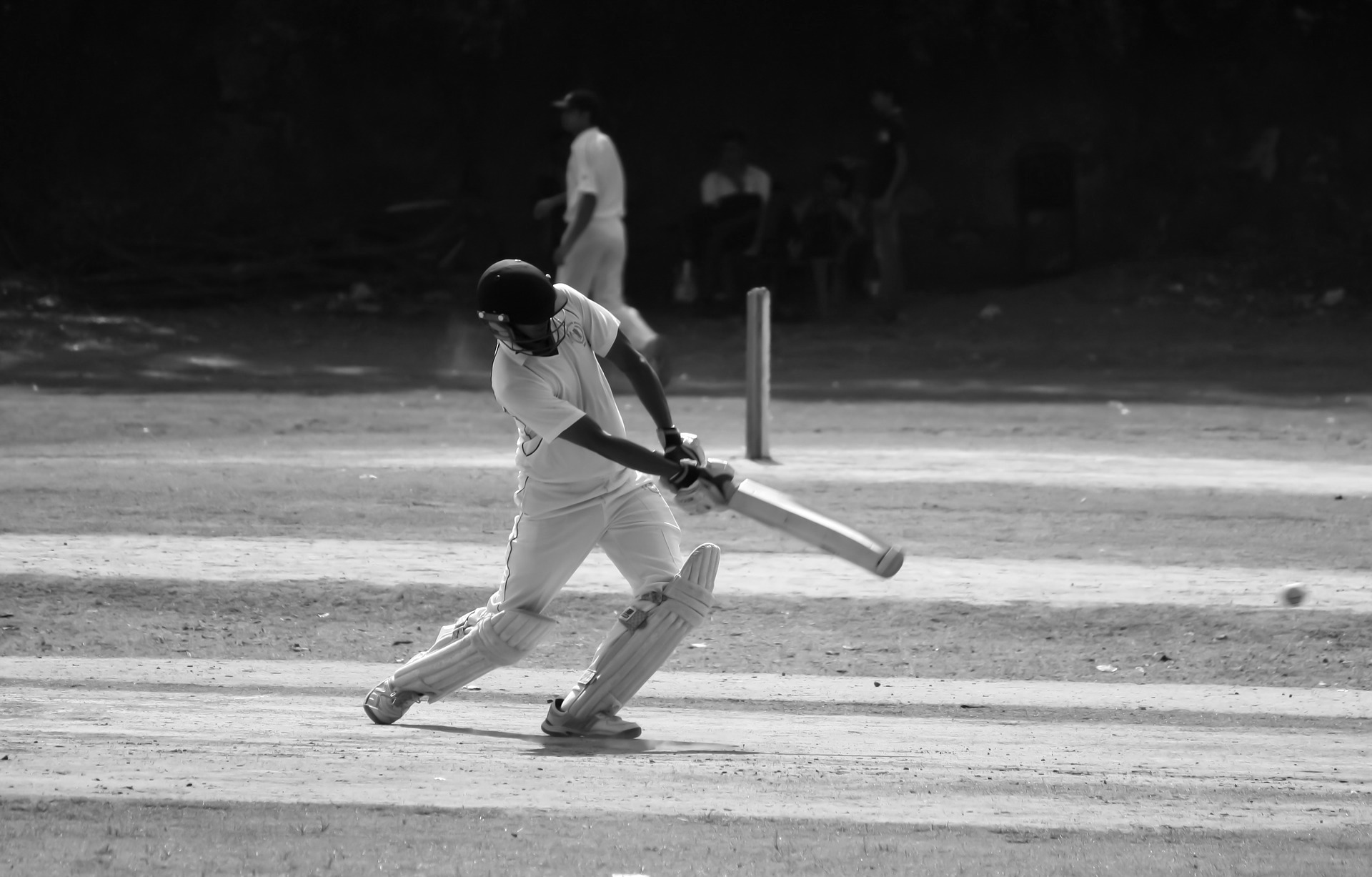The inaugural officially-recognised test match between Australian and English cricket teams took place in March 1877 at the Melbourne Cricket Ground (MCG), where Australia beat a professional team led by James Lillywhite by 45 runs. Reciprocal tours then established a pattern of international cricket. The Ashes was established as an ongoing competition during the Australian tour of England in 1882 when a surprise victory by the Australians led to a mock obituary of English cricket being published in the Sporting Times containing the phrase “the body shall be cremated and the ashes taken to Australia”.
Yet an Australian cricket team had already toured England, in 1868. However this side was an Aboriginal one, though the captain and coach was the former Surrey player Charles Lawrence, at the time a publican in Sydney. In the 1850s and 1860s Australian Aborigines perhaps participated more freely in mainstream sport, particularly cricket, than at any other time in the nineteenth century as Christian missions sought to civilise them via muscular Christianity whilst country sheep and cattle stations brought them into their teams because of a shortage of white players. Some of them became more than competent at the game which gave rise to an exploitative commercial venture in which black Australians toured England to play cricket in front of paying audiences.
Although none of their matches was at first-class level the tourists performed creditably, winning 14 of their 47 matches and drawing 19 others. However, to encourage spectator turnout, many games featured the additional novelty of demonstrations of spear and boomerang throwing and other Aboriginal skills. Their standout player was Johny Mullagh who scored 1,698 runs and captured 245 wickets.
The visitors found it difficult to adjust to life in England and two players were sent home because of sickness and another actually died in Britain. This may have triggered action by the Victorian Control Board for Aborigines who in 1869 ruled that it would be illegal to remove any Aboriginal from the colony without ministerial approval, thus seriously restricting indigenous involvement in cricket and other sports. Indeed from the 1870s sporting interaction became restricted as Australian colonial governments, influenced by theories of Social Darwinism, began to impose laws by which to distance Aboriginal people from white society including the idea of ‘protectionism’ which prohibited them from leaving their reserves without permission from the authorities. Those that were allowed to participate in white sports faced discriminatory practices. Jack Marsh, a fast bowler who played cricket for New South Wales at the turn of the century, was no-balled out of the game by cricketing officials, allegedly on account of his race. A small number of Aboriginal men were enticed into professional sport where their athletic talents were exploited by white promoters for financial gain. This was most apparent in boxing and pedestrianism. Boxers were encouraged to adopt a non-defensive style of fighting which was appreciated by spectators but proved damaging to the proponent. In pedestrianism, because of supposedly natural advantages, black professional runners were labelled in the programmes as “a” for aboriginal, “h.c.” for halfcaste, or “c.p.” for coloured person.
For the Record
The inaugural first-class international cricket match between teams representing their countries was, perhaps surprisingly, not between England and Australia but by sides representing the United States and the British Empire’s Canadian Province. It was played in New York in September 1844 with the Canadians winning by 23 runs.







